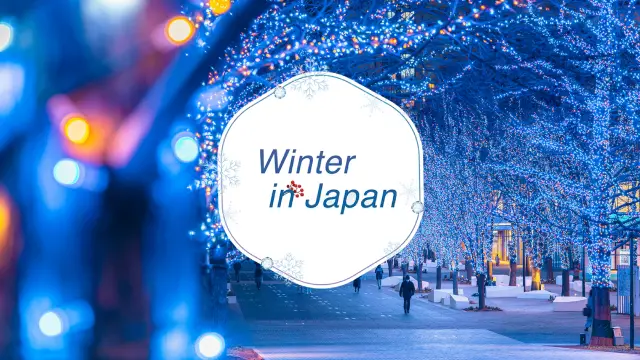At the foot of Mt. Higashiyama, Kyoto, northeast of Hokanji Temple known for Yasaka Pagoda, there is a zen temple. After the death of Toyotomi Hideyoshi, his wife Nene (Kita-no-Mandokoro) moved from Osaka to Kyoto and retired into religion. Later in 1606, she had the acclaimed Kodaiji Temple built as Hideyoshi’s burial place and for herself. The name came from Kodai-in given by Emperor Goyozei.
Under the order of Tokugawa Ieyasu, temples around the neighborhood were moved around and the grounds were cleaned into this marvelous temple. A number of fires have burned down many halls, but Kaizando, the sanctuary (mausoleum), front gate, moon-viewing pavilion and tea rooms, Kasatei and Shiguretei, still remain to reflect the elegant old selves. These original structures built centuries ago are designated as national important cultural properties.
Nene and Hideyoshi’s sanctuary (mausoleum) stands on higher ground on the northeast part of the premises. Inside, the altar and miniature temple are decorated with Kodaiji Makie - on the black lacquer, gold and silver powder is rubbed on to make elegant artwork, which allows you to imagine the past brilliance of the most flamboyant era in Japanese history.
There is also Sen-no-Rikyu-style tea room, the garden created by Kobori Enshu, and many more attractions are here, but the international fame of the temple comes from the fall colors that nearly 1,000 maple trees generate in spectacular gradation. At night, enjoy the sublime and heavenly scene in the illumination.
Highlights
-
Architecture that passes down the culture from the glorious past.
-
The mausoleum with Kodaiji Makie lacquer interior.
-
Sen-no-Rikyu-style tea rooms, Kasatei and Shiguretei.
-
Kobori Enshu created Kodaiji Garden.
-
Nearly 1,000 maple trees turn spectacular in fall.
































